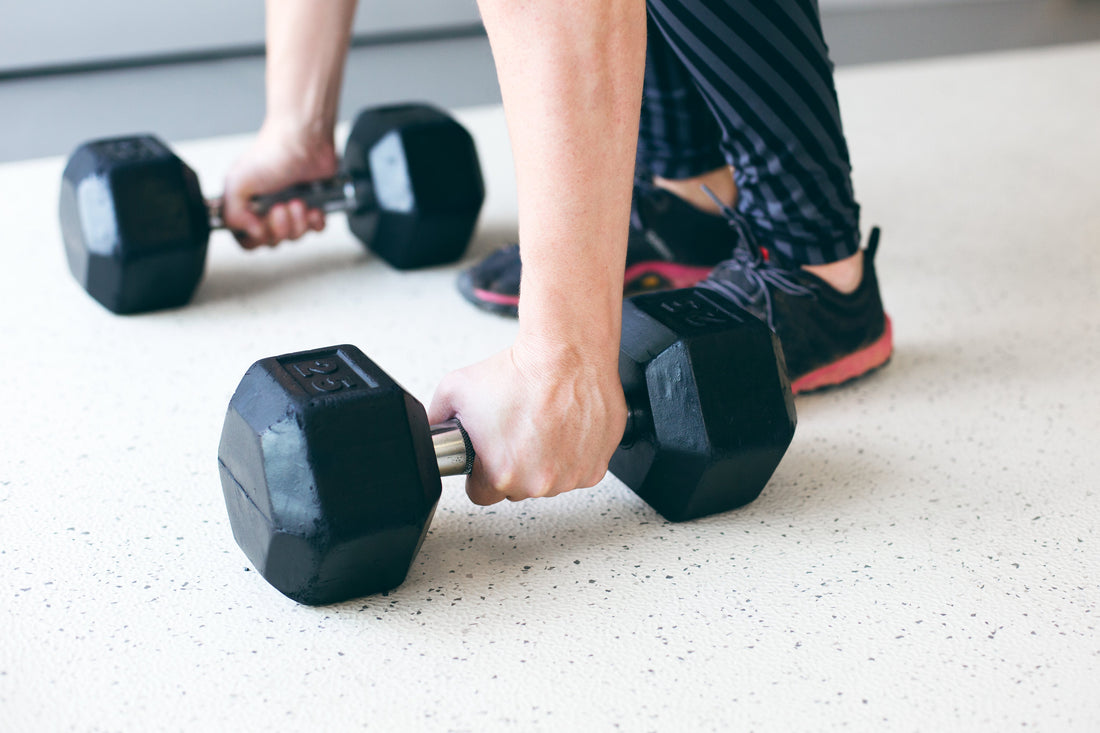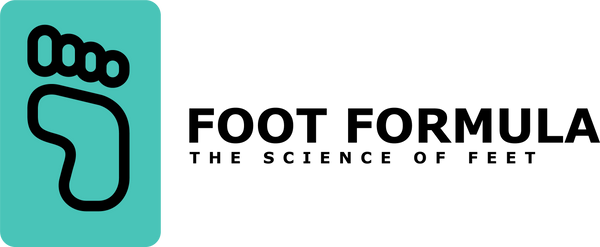
Sports Therapy & the Power of Personalised Rehabilitation: Healing the Upper Body and Lower Limbs the Right Way
Share
Injuries are an unfortunate but often unavoidable part of sports and physical activity. Whether it’s a strained hamstring from sprinting or a dislocated shoulder from contact sports, recovery is not just about rest — it’s about the right rehabilitation.
This is where sports therapy comes in — a specialized approach that focuses on injury prevention, treatment, and optimized recovery through tailored rehabilitation plans. And when it comes to healing both upper body and lower limb injuries, personalisation is everything.
What Is Sports Therapy?
Sports therapy is a discipline that combines principles of exercise science, physical rehabilitation, and injury prevention to help individuals recover from injury and return to peak physical condition. Sports therapists are trained to assess, treat, and rehabilitate musculoskeletal injuries, with a strong emphasis on active recovery through movement, strength, and function.
The Importance of Personalized Rehabilitation
No two injuries — or people — are the same. Personalized rehabilitation ensures that the recovery plan is adapted to:
- The type and severity of the injury,
- The individual's sport or activity level,
- Their body mechanics, and
- Their goals (returning to sport, preventing re-injury, building strength, etc.)
This individualised approach significantly improves outcomes and helps prevent recurring issues.
Upper Body Injuries: Common Examples & Why Personalisation Matters
The upper body includes the shoulders, arms, elbows, wrists, and neck. Common injuries include:
- Rotator cuff tears
- Dislocations
- Tennis/golfer’s elbow
- Wrist sprains
- AC joint injuries
Personalised rehabilitation for upper body injuries focuses on:
- Restoring full range of motion
- Rebuilding muscle strength in a functional way
- Improving posture and mechanics to avoid reinjury
- Integrating sport-specific movements
Example: A swimmer recovering from a shoulder impingement needs a very different rehab protocol than a powerlifter recovering from a torn bicep — even if both injuries involve the same joint.
Lower Limb Injuries: Mobility, Strength, and Balance Are Key
Lower limb injuries are among the most common in sport. These include:
- ACL/MCL tears
- Hamstring or quadriceps strains
- Ankle sprains
- Achilles tendon injuries
- Shin splints and stress fractures
Personalized rehabilitation in these cases is crucial to:
- Regain lower-body strength and stability
- Restore coordination and balance
- Reinforce proper gait and movement patterns
- Prevent compensatory injuries in the hips, back, or knees
Example: A footballer recovering from ACL reconstruction will need progressive, sport-specific drills, while a runner with shin splints will need gait retraining, strength building, and biomechanical correction.
The Role of the Sports Therapist
A qualified sports therapist doesn’t just hand you a set of generic exercises. They:
- Assess your injury history, movement quality, and goals
- Design a phased rehab program (acute, sub-acute, and return-to-play)
- Monitor progress and adjust the plan as you heal
- Educate you about injury prevention and body awareness
The goal is not just to heal, but to come back stronger, smarter, and more resilient.
Final Thoughts: Recovery Should Never Be One-Size-Fits-All
Rehabilitation is not just about “getting better” — it’s about getting better in the right way for you. With personalized sports therapy, injuries aren’t the end of your athletic journey — they’re simply a detour on the road to improved performance.
Whether you’re recovering from a shoulder injury, knee surgery, or chronic ankle pain, don’t settle for generic advice. Choose a rehab plan that understands your body, your sport, and your goals.
Move smarter. Heal stronger. Come back better.
